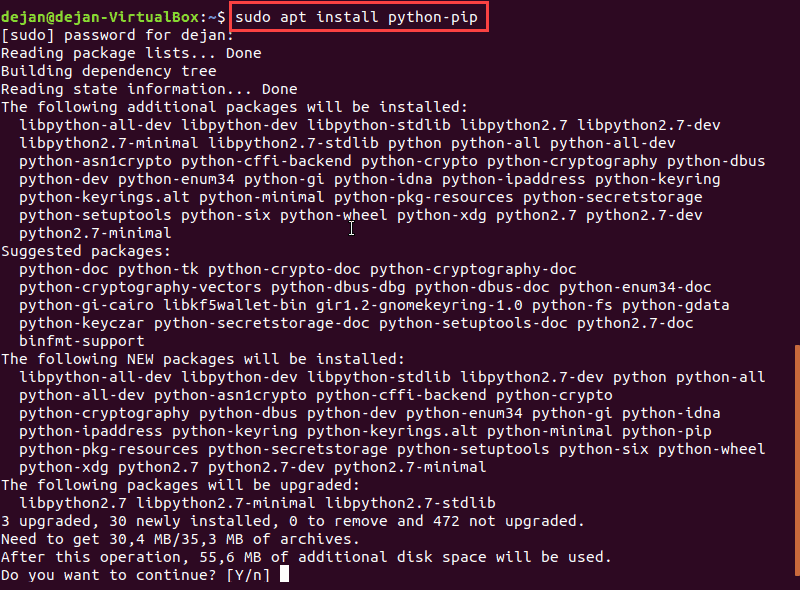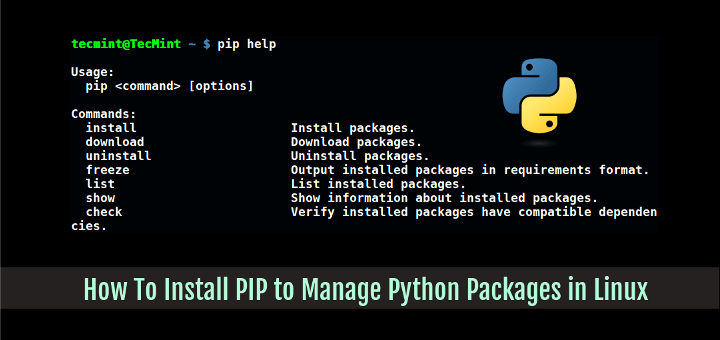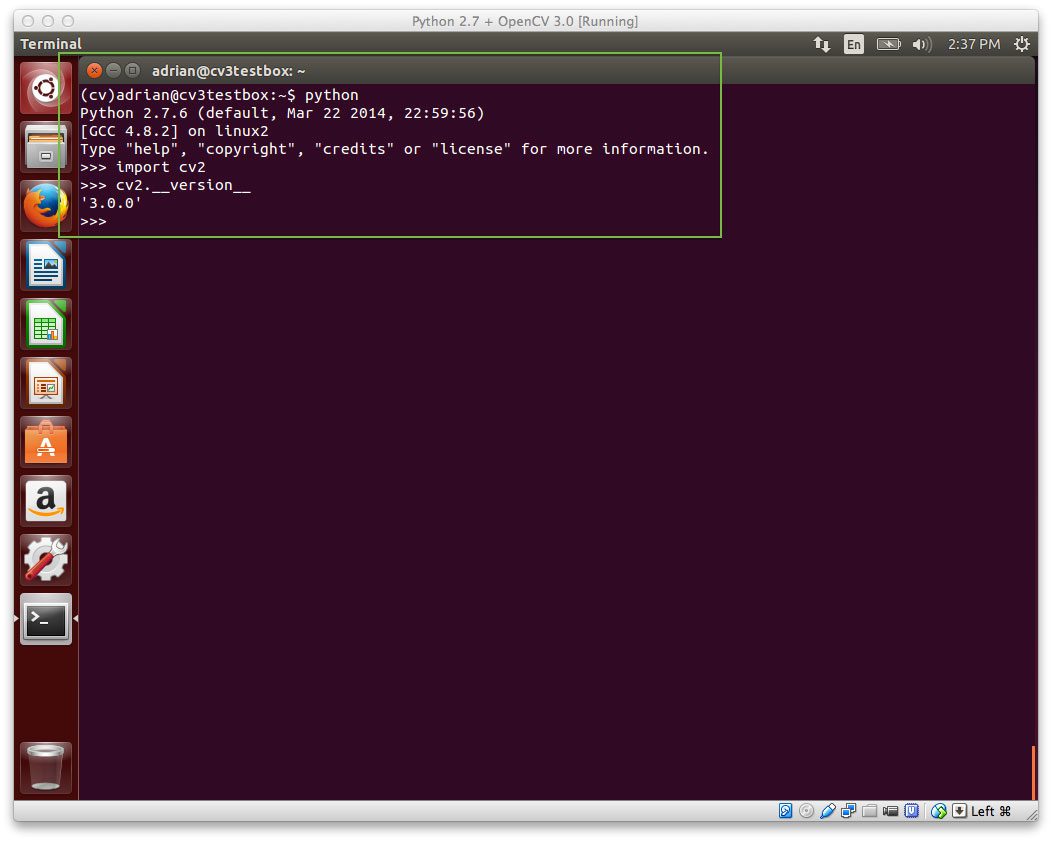

- #UPGRADE TO PYTHON 2.7.9 INSTALL#
- #UPGRADE TO PYTHON 2.7.9 UPGRADE#
- #UPGRADE TO PYTHON 2.7.9 DOWNLOAD#
- #UPGRADE TO PYTHON 2.7.9 WINDOWS#
python -m pip install -upgrade pip ❖ Downgrading PIP
#UPGRADE TO PYTHON 2.7.9 UPGRADE#
You can upgrade the version of PIP on Windows, using the following command in the command prompt. If there is an upgraded PIP version released then you may have to upgrade the version of PIP installed on your system. You can also verify the version of PIP installed on your system using the following command. To verify if PIP was successfully installed on the system use the pip help command on the command prompt as mentioned earlier in this article. Click on New ➨ add the location of the directory where pip is installed ➨ select OK.Double click the variable PATH under System Variables.Open Control Panel ➨ Navigate to System and Security ➨ System.
#UPGRADE TO PYTHON 2.7.9 WINDOWS#
Follow the steps given below to add PIP to windows environment variable: To ensure that you can run PIP from any desired location, you have to add the directory path where PIP is installed as a PATH Environment Variable in Windows. But, this is problematic and you would want to be able to run it from any location. Hence, you have to navigate to the directory/location where you installed the tool every time you want run the command to launch it. This is because Python is unable to find the tool you are trying to launch in the current directory. You might face problems even after successfully installing PIP. ◈ Step 3: Adding PIP To The Windows Environment Variables The installation should begin as soon as you type the above command, provided you have specified the correct path/location of the get-pip.py file. Use the command given below to install PIP. Once you have opened command prompt, navigate to the the location/folder where you downloaded and saved the get-pip.py file. To open the command prompt in Administrator mode Right-click on the Command Prompt icon and click on Run as administrator. ✨ Type cmd.exe in the Run Dialog BoxĪlternatively, you can type cmd in the Windows search bar and click on the command prompt icon. ✨ Click on Run on the menu that appears on the screen. ✨ Press Windows Key + X on your keyboard. Let us have a look at the steps to launch Command Prompt on your system. You might have to launch Windows Command Prompt in Administrator mode so that you can properly install PIP on your system. curl -o get-pip.pyįor older versions of Python, you can use the following link:
#UPGRADE TO PYTHON 2.7.9 DOWNLOAD#
Use the command given below to download PIP using curl.


You can also use the curl command to download PIP. You can download the get-pip.py file from the link given below.

The first and foremost requirement to be able to install PIP on Windows is to download the get-pip.py file to a folder on your system. Installing PIP On Windows ◈ Step 1: Download PIP Now, if you got the above error message, then you have to install pip on your Windows system using the procedure given below. If PIP doesn’t pre-exist on your system, you will get an error message as shown below. If pip already exists on your system, you will get the following list of Commands and General Options as displayed the image below. You can verify if pip is installed on your system using the following command: pip help ◈ Step 2: Command to verify if PIP pre-exists on your system. Once you install python on your system, please move on to the next step. You must install Python before installing pip, in case the command is unrecognized. If Python responds with its version and a list of commands as shown below, then it means that Python is installed correctly on your system. ◈ Step 1: Check if Python is installed in the system using the following command. Since pip is a Python utility it requires an active Python installation. This allows newbies to access the community libraries without having to face the difficulty of setup.īefore installing pip on Windows, we must check if it is already installed in our system. 9 and later (on the Python2 versions), and Python 3.4 and later (on Python3 versions) are shipped with pip by default. Alternatively, it also stands for “preferred installer program”.


 0 kommentar(er)
0 kommentar(er)
